Sustainable products are experiencing growth in both profits and consumer demand. But making green claims is risky and not as simple as it may seem. A misstep can damage your reputation, leading to accusations of greenwashing or even legal trouble. To successfully market your sustainability efforts, you must carefully navigate the fine line between legitimate marketing and greenwashing. Additionally, you need to comply with an increasing number of regulations to ensure that your green claims are accurate and trustworthy.
This guide will provide practical insights and real-world examples—showing you both what to do and what to avoid to ensure your environmental claims are credible and effective.
Let’s start with the facts:
To effectively showcase your sustainability efforts and avoid greenwashing, you need to go beyond marketing buzzwords. Consumers today expect transparency, proof, and meaningful action. By utilizing these proven strategies for success—and steering clear of common greenwashing traps—you can build trust and strengthen customer loyalty.
Communicate and Engage with Consumers
Being transparent and honest about your commitment to sustainability is essential for effectively connecting with your environmentally conscious customers.
Share your Sustainability Journey
What Success Looks Like: Boll and Branch Origin Track
Boll and Branch makes bedding from the ground up, and its innovative origin tracker makes it easy for its customers to learn exactly where their bedding comes from. Consumers can enter the lot number of their purchase into the platform and find out where their sheets originated—from the farmers who grew the cotton to the artisans who finished them.
Recommendation: Partner with suppliers who prioritize sustainability. Focus on resource sourcing, production methods, and labor conditions. Aligning with partners who share your values can promote ethical practices. Making your sustainability journey transparent to your customers will build trust.
Partner with Transparent Organizations
What Success Looks Like: Sephora + Pact Collective
Municipalities often do not recycle beauty product containers because of their size. To address this issue, global beauty giant Sephora has partnered with the Pact Collective to keep beauty containers out of landfills. Customers can return their cleaned and empty containers to retail stores for recycling and reuse.
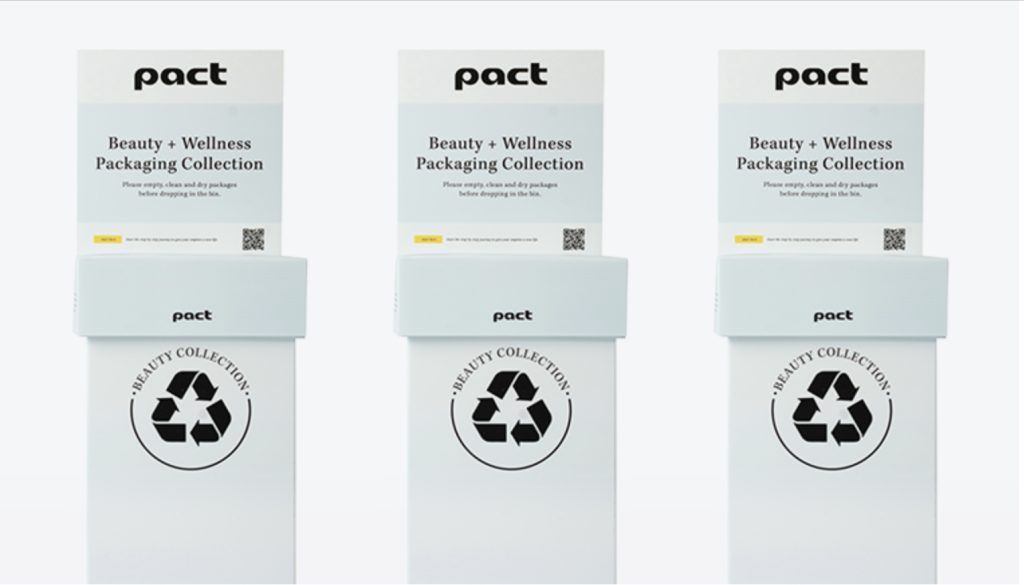
“It’s important to isolate and find a partner that can provide the data back to you on what is being collected.”
Carly Snider, Pact Collective
Recommendation: Carly Snider, Executive Director at Pact Collective, says it’s all about collaboration. With so many collection programs, she recommends partnering with transparent organizations that provide detailed data collection, processing, and education. “It’s important to isolate and find a partner that can provide the data back to you on what is being collected, where it’s going, and then also the education so that you can learn from this material,” says Snider. “Finding a partner that can do that for you is something that I think all industries need.”
Certify Sustainability Claims
What Success Looks Like: Naturepedic’s Certifications
The organic mattress pioneer, Naturepedic, has many carefully selected sustainability certifications that validate its commitment to the health of consumers and the environment. The company holds certifications such as GOTS and EWG Verified to help validate product attributes and the dedication to sustainability.
Recommendation: Find the right sustainability certification solution for your brand and back it up with data. Keep in mind that according to the FTC Green Guides, a third-party certification does not free your company from the responsibility of substantiating all claims made, including those implied by certifications.
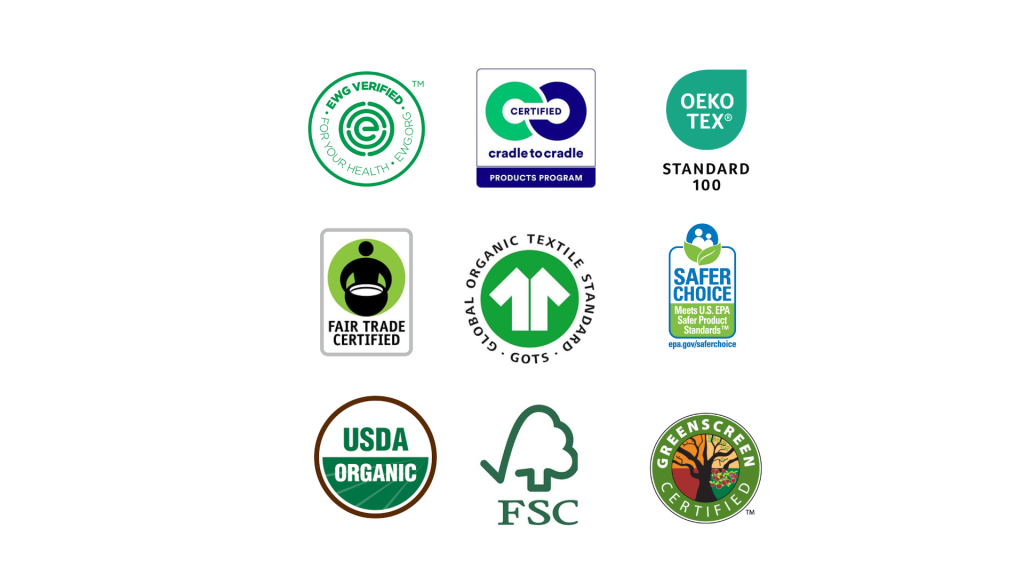
If you’re looking for resources and certifications to verify your marketing claim, check out Softly’s Green Claim Navigator. This self-serve sustainability tool offers a comprehensive list of relevant sustainability certifications and third-party validations for each sustainability claim, ensuring brands match their claims with recognized standards and remain transparent.
Schedule a free consultation with Softly to learn more about choosing the right sustainability certification for your product.
Educate and Engage Consumers
What Success Looks Like: REI’s Take Back Program
REI’s Re/Supply program allows customers to sell, trade, and buy used items. Customers can bring their items to the store for evaluation or confirm eligibility online and mail them in. REI clearly states what is acceptable–they don’t take everything. Gear is resold locally instead of being shipped across the country. Buyers benefit by getting high-quality gear at a lower price, while sellers get a gift card at REI.
Recommendation: Take over the responsibility for your product’s life cycle and make it easy for customers to participate. Take Back programs can educate consumers about circularity and allow them to become part of the circular economy. As your program matures, showcase its good results so customers know their efforts are making a difference.
Regularly Report on Achievements and Challenges
What Success Looks Like: Naturepedic’s Sustainability Report
Naturepedic provides a yearly sustainability report that communicates its accomplishments, innovations, and possible improvements. This report highlights Naturepedic’s initiatives and advocacy and gives an overview of the materials it uses and steers clear of, as well as product innovation.
Recommendation: Regularly monitoring and reporting on your business’s progress is essential for maintaining transparency. Create reports that detail your progress towards sustainability goals. Include metrics, statistics, and case studies demonstrating your initiative’s impact. Use these reports to communicate your successes and challenges to stakeholders, employees, and consumers.
Don’t Fall Into Greenwashing Traps
Don’t Exaggerate or Make Vague Claims
Example: Glad Recycling Bags
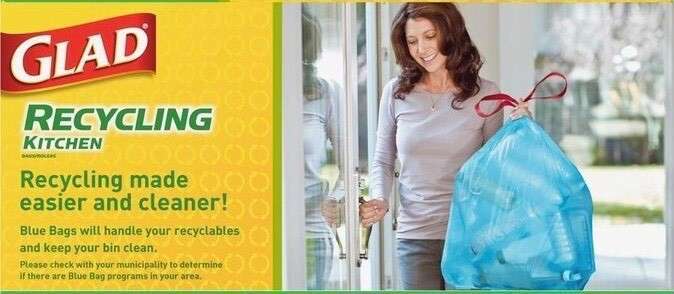
Glad, a major manufacturer of trash bags, attempted to green up its image by marketing recycling bags. But these bags were made of the same unrecyclable material as trash bags. Glad’s use of vague imagery and ambiguous terms led to legal challenges and reputational damage.
Recommendation: Adopt clear and accurate communication strategies. These include explicitly stating the materials used in your products, accurately labeling products, and avoiding any imagery that might deceive consumers. By being transparent and straightforward about your products, you can maintain your image as a responsible and environmentally conscious company.
Don’t Mislead Consumers
Example: Fast Fashion Take-Back Schemes
An investigation by Dutch NGO Changing Markets found that clothing donated to fashion retail take-back programs was not given a second life as promised; instead, it was destroyed, lost, or dumped overseas. H&M, one of the brands named in the report, responded by changing its garment-collecting partner.
Recommendation: Do not overpromise in your take-back programs; clearly specify what you can and cannot accept. Partner with transparent organizations that communicate the destination of discarded products.
Don’t Use Deceptive Green Imagery
Example: Gain Laundry Detergent
Proctor and Gamble’s Gain laundry detergent label featured images of butterflies, leaves, and flowers, suggesting the product is eco-friendly. In a class action lawsuit against P&G, consumers argue that these visuals create the false impression that the detergent is free of toxins and safe for both people and the environment when the detergent contains the harmful chemical 1,4-Dioxane.
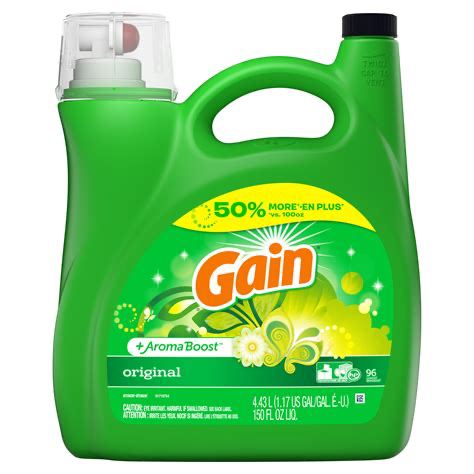
Recommendation: Product labels should attract customers while providing accurate information. Avoid the temptation to use vague environmental claims or deceptive green imagery to boost sales.
Don’t Make Aspirational Claims You Can’t Keep
Example: JBS Net Zero by 2040
JBS US, the American subsidiary of the world’s largest meat producer, has been under investigation for its “Net-Zero by 2040” claim. A lawsuit filed by the state of New York claims that JBS has no way of knowing whether it can reduce its emissions to net zero by 2040.
Recommendation: Back up aspirational claims with science-based evidence and set and meet short- and medium-term goals. Make sure you have evidence that you are taking steps to reach your aspirational goal before you make your claim.
Don’t Change Your Purpose When Rebranding
Example: Coca-Cola Green Life Labels
Coca-Cola launched Coca-Cola Green Life with a green label to promote natural and environmental awareness. This focus on natural beverages and sweeteners confused customers, who typically do not choose Coke as a natural drink.
Recommendation: Ensure your eco-friendly claims align with your product’s intended purpose. This alignment helps maintain your brand and builds trust with consumers.
Build Trust with Transparency and Commitment
As eco-friendly products become increasingly important to consumers, businesses must approach sustainable labeling with honesty and accountability. This guide provides the tools to help you build authentic, long-lasting connections with environmentally conscious customers. By embracing transparency, clearly communicating your sustainability efforts, and sharing both your successes and challenges, you can foster trust and strengthen brand loyalty.
Information provided is for general purposes only and not legal advice; consult a qualified attorney for personalized guidance. We disclaim any liability for actions based on this information.

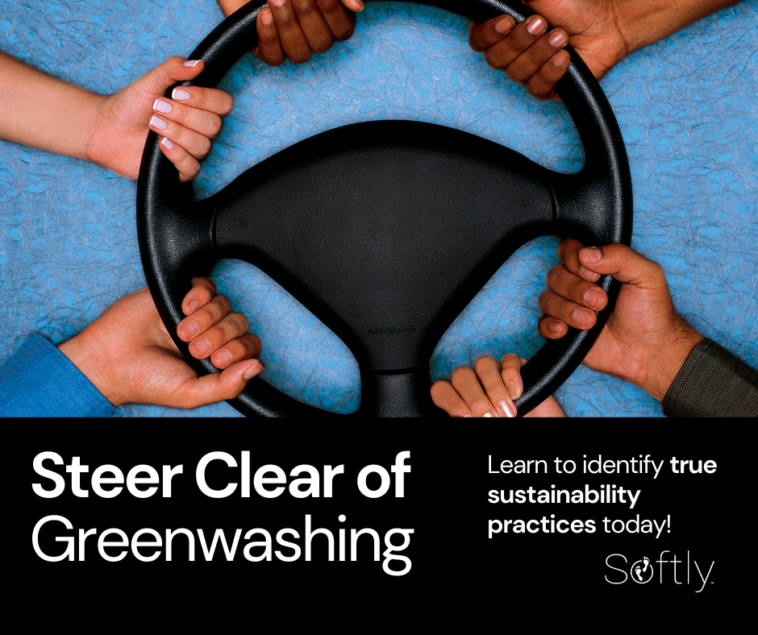


GIPHY App Key not set. Please check settings